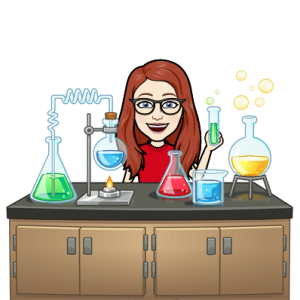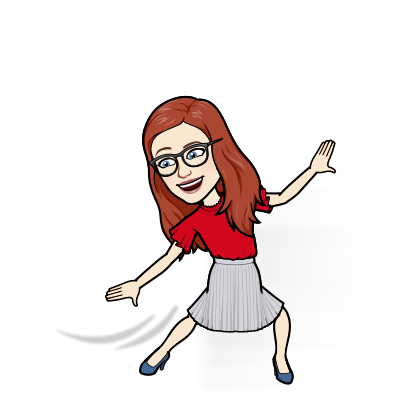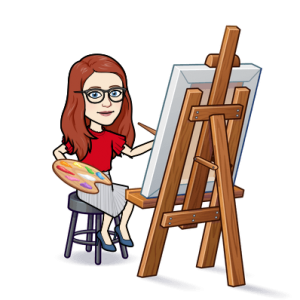Is teaching an art or a science?
Well, it depends on who you ask. There are those who believe that teaching is an art. There is absolutely an art to teaching: letting your passion shine, engaging students in their learning, integrating reading or math into the content areas, managing student behavior while teaching, and then of course all the art projects. Watching a skilled teacher implement all of these things and more is like watching an artist work on a painting over the course of many days, or nine months in the case of a teacher.
There are also those who believe that teaching is a science. There is a science to teaching: analyzing student data to make instructional decisions is a large part of teaching and we are more efficient teachers for using this information to best meet the needs of our students. Watching a teacher analyze data, whether it is in a small group data meeting with school administrators, with the grade level team to determine what to do with a large group of students in multiple classes, or even a teacher looking over his or her individual data to determine the effectiveness of instruction is like watching a scientist conducting an experiment.

So, I ask again: Is teaching an art or a science? Well, neither side is wrong, but believing one over the other does not give one a true picture of what teaching is. Teaching is a dance: both art and science, and knowing which side one needs to draw from and when. The dance is not simple like the Waltz or a Square Dance; it is elaborate and intense like the Tango.
Let’s look at a teacher’s typical day to see how the Teaching Tango goes:
Students enter the classroom to “Good mornings”, high fives, hugs, or even a no-contact dance move with their teacher. That part is, well, actually dancing when you are dancing with students.
Teachers implement their meticulously planned lessons and engage their students with their passion for their craft. Using accents, knowing when to speak quietly for dramatic impact, or loudly to gather attention, working the room of students – that is all the art of teaching.
Oh, don’t forget about those students hiding toys in their desks, playing with them not-so-quietly in the middle of the lesson. Redirecting those students, confiscating the toys, and re-engaging them in the lesson: that’s an art (especially when one does all of those steps without the majority of the class being any the wiser).
Students go to specials and teachers attend a PLC or a data meeting – that is the scientific aspect of teaching. Looking at numbers, seeing which students progressed and those who did not, and determining the next steps are all parts of the science of teaching.
Teachers analyze student test scores to determine if the instruction on a particular unit was effective. Reflecting on what worked and what did not, which students need remediation or enrichment, and deciding what to do moving forward with this group of students is another part of the science of teaching.
Oh, I forgot about lunch. That’s where the dance party resumes, but this time it’s for the students.
I have been dancing the Teaching Tango for a decade now, and I am still mastering the steps. One thing I have learned is that it takes two to Tango, both art and science; when these two are successfully implemented it produces a dance that is truly captivating to watch.











Comments 2
I was just having this conversation with a friend now working at the university level. Teaching is an art, but I think a lot of people want it to be a science. If it is all science, then we can be those reproducible robots going through the programed steps and churning out the same results over and over again. Unfortunately the human aspect will always mean that the art needs to be there.
This is all so true! Each year it is different, depending on the chemistry of the class. The standards are always the same, but the kids are always so different from year to year. They certainly keep us on our toes! Maybe that’s why the dance seems to change each year. Thanks for reminding me about the dance. Some years I feel like a dancing queen!